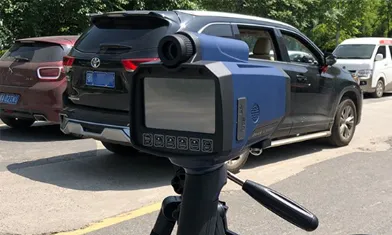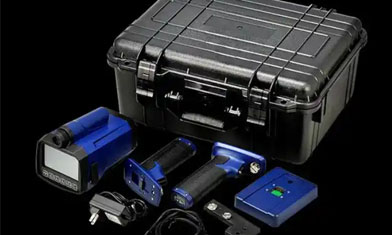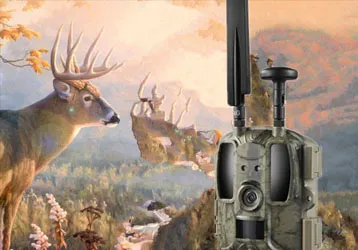The Difference Between Night Vision Goggles And Thermal Imaging Goggles
I. Working Principle
Night Vision Devices
Rely on visible light enhancement technology, they receive light reflected from external light sources (such as moonlight, starlight, or auxiliary infrared light) and amplify it through an image intensifier to create an image.
Since they require an external light source for reflection, they are essentially "passive reception + amplification."
Thermal Imagers
Based on infrared radiation detection, they capture the infrared energy (related to temperature) emitted by an object and convert it into a temperature distribution image.
They do not require an external light source and directly rely on the temperature difference between the target and the surrounding environment to create an image.
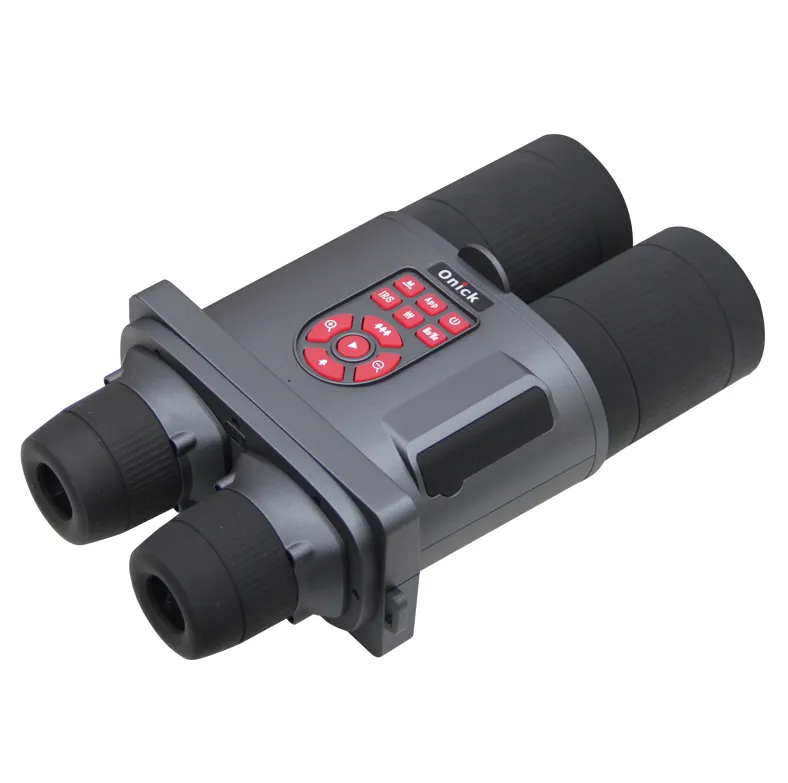
II. Imaging Performance
Night Vision Devices
Field of View: Circular (similar to a telescope), with a green image.
Detail Recognition: High clarity allows for the identification of facial features and clothing details, making them suitable for close-range target identification.
Limitations: Strong light or sudden changes in lighting can easily cause overexposure or distortion in the image.
Thermal Imagers
Field of View: Square (LCD display), with colors representing temperature differences (e.g., red for high temperatures, blue for low temperatures).
Detail Recognition: While they cannot detect fine textures, they can penetrate smoke, rain, and snow, allowing them to detect heat-producing targets (such as people and vehicles) at long distances. Advantages: Minimal environmental interference, suitable for use day and night.
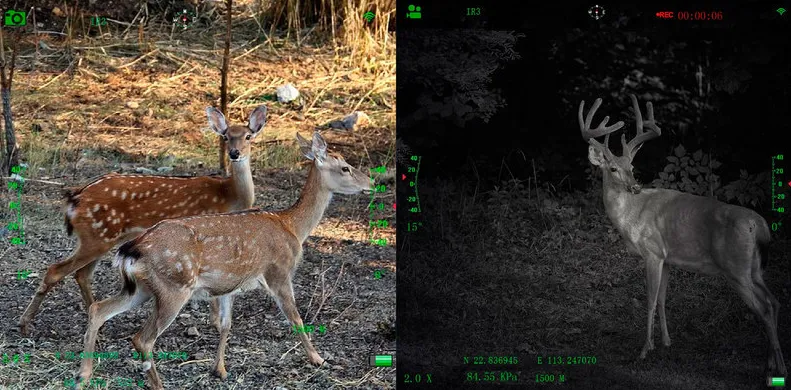
III. Environmental Adaptability
Night Vision Devices
Light Dependence: Observation range decreases as light dims, requiring an infrared light source (maximum range approximately 100 meters) in complete darkness.
High-light Sensitivity: Direct exposure to strong light may damage the sensor, requiring high-light protection.
Thermal Imager
All-Weather Applicability: Unaffected by light, haze, rain, and snow, clear images are achieved even in extreme weather conditions (such as dense fog and heavy snow).
Temperature Sensitivity: Extremely low temperatures (such as ice sheets) may reduce thermal contrast, impacting performance.
IV. Application Scenarios
Night Vision Devices
Applicable Applications: Urban night patrols, close-range security monitoring, and scenarios requiring detailed recognition (such as license plates and faces).
Representative Products: Vehicle-mounted night vision devices (common in mid- and low-end vehicles), outdoor observation equipment.
Thermal Imager
Applicable Applications: Military reconnaissance, forest fire prevention, power line inspections, search and rescue (such as nighttime locating), and complex terrain exploration. Representative Products: High-end automotive night vision systems (Mercedes-Benz, BMW, etc.), professional industrial inspection equipment.
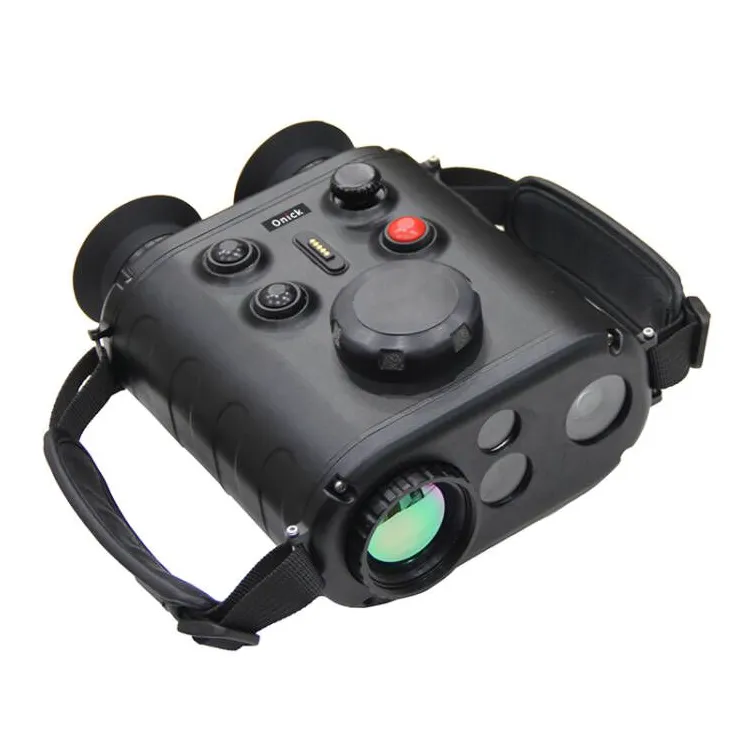
V. Cost and Maintenance
Night vision devices: Low cost (approximately 1,000 yuan), easy maintenance, suitable for users with limited budgets.
Thermal imagers: Higher price (10,000 yuan), require professional calibration and maintenance, and are suitable for professional fields or extreme environments.
Summary: Recommended Selection:
Choose night vision devices when you need clear details, have a limited budget, and need low-light conditions (but not complete darkness).
Choose thermal imagers when you need complex weather conditions, long-range target detection, or all-weather operations.
For specific product models or technical specifications, please consult professional reviews or manufacturer documentation.
This concludes our introduction today. Interested parties can contact us at service@onick-optics.com
